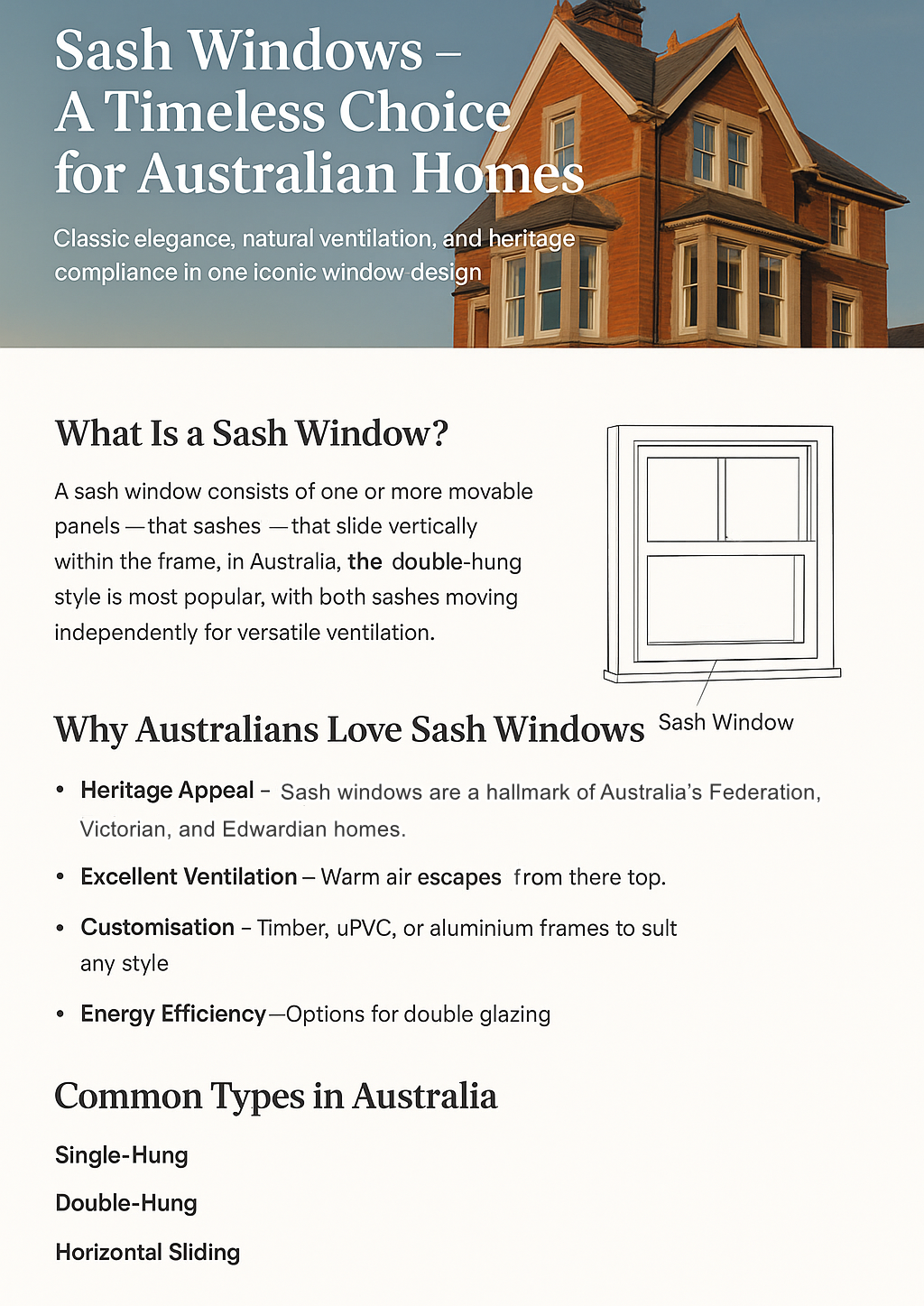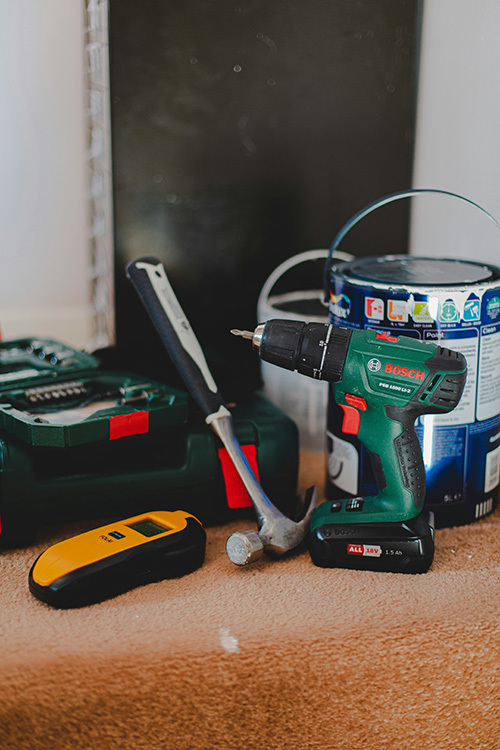-
Main Building ComponentsMain Building Components
-
Cladding & Boards
-
Facade
-
Windows & DoorsWindows & Doors
-
Flooring
-
Furniture
-
Sanitary
-
Lighting & ElectricalLighting & Electrical
-
PlumbingPlumbing
-
Garden
-
Tool
-
OthersOthers
Essential Tools for Construction: Electrical, Battery-Powered, and General Tools
Release time:
23 Jan,2025
Construction projects require precision, efficiency, and the right set of tools to get the job done. From electrical tools to battery-powered devices and general tools, having the right equipment can make all the difference.
Essential Tools for Construction: Electrical, Battery-Powered, and General Tools
Construction projects require precision, efficiency, and the right set of tools to get the job done. From electrical tools to battery-powered devices and general tools, having the right equipment can make all the difference. Here’s a comprehensive guide to the must-have tools commonly used in construction.
Electrical Tools
Electrical tools are indispensable for construction projects that involve wiring, installation, and electrical system maintenance. Here are some essential ones:
1. Power Drills
Power drills are used for drilling holes and driving screws into various materials like wood, metal, or concrete. Corded drills are reliable for heavy-duty tasks, while cordless models offer flexibility.
2. Circular Saws
These tools are essential for cutting wood, metal, and even masonry with precision. They’re often used for framing, roofing, and other tasks that require straight cuts.
3. Angle Grinders
Angle grinders are versatile tools used for cutting, grinding, and polishing materials like metal, tiles, and concrete.
4. Rotary Hammers and Demolition Hammers
For drilling into hard surfaces like concrete or breaking down walls, rotary hammers and demolition hammers are invaluable.
5. Multimeters
Multimeters are crucial for electricians to measure voltage, current, and resistance, ensuring safety and precision in electrical work.
Battery-Powered Tools
Battery-powered tools are gaining popularity for their portability and ease of use. They’re perfect for worksites without access to power outlets.
1. Cordless Impact Drivers
Impact drivers are compact and powerful, making them ideal for driving screws and bolts efficiently.
2. Battery-Powered Nail Guns
Nail guns save time and effort during framing, roofing, or flooring tasks. Battery-powered models eliminate the need for air compressors.
3. Cordless Reciprocating Saws
These saws are ideal for demolition tasks, allowing workers to cut through wood, metal, and even plastic with ease.
4. Cordless Screwdrivers
Perfect for light assembly tasks, cordless screwdrivers are lightweight and easy to use, ideal for quick jobs.
5. Portable Lighting
Battery-powered LED work lights are essential for illuminating workspaces, especially in areas with limited natural light or power access.
General Tools
In addition to specialized equipment, general tools form the backbone of any construction toolkit. These include:
1. Measuring Tools
- Tape Measures: Essential for accurate measurements.
- Laser Levels: For precise alignment and leveling.
- Chalk Lines: To mark straight lines on surfaces.
2. Cutting Tools
- Hand Saws: Ideal for simple cutting tasks.
- Utility Knives: Versatile tools for cutting ropes, sheets, and other materials.
3. Fastening Tools
- Hammers: A classic tool for driving nails and light demolition.
- Wrenches and Ratchets: For tightening and loosening nuts and bolts.
- Pliers: For gripping, bending, and cutting wires.
4. Safety Equipment
- Hard Hats: Protect against head injuries.
- Safety Goggles: Shield eyes from debris and dust.
- Gloves: Protect hands while working with sharp or heavy objects.
- Hearing Protection: Essential when working with loud machinery.
5. Tool Storage
Organized toolboxes or tool belts ensure that tools are easily accessible and prevent loss.
Trends in Construction Tools
The construction industry is constantly evolving, and so are the tools. Here are some trends to watch:
1. Smart Tools
Many tools now come with built-in Bluetooth or Wi-Fi, allowing users to monitor usage, battery life, and even track the tools’ locations via apps.
2. Improved Battery Technology
Lithium-ion batteries are becoming more efficient, offering longer runtimes and shorter charging periods.
3. Lightweight and Ergonomic Designs
Manufacturers are focusing on creating tools that reduce user fatigue while maintaining high performance.
4. Multi-Function Tools
Tools that combine multiple functionalities, such as hammer drills or oscillating multi-tools, are increasingly popular for their versatility.
5. Sustainable Tools
Eco-friendly materials and energy-efficient tools are gaining traction as the industry moves toward sustainable practices.
Recent Blog
Chat with us
COOKIES
Our website uses cookies and similar technologies to personalize the advertising shown to you and to help you get the best experience on our website. For more information, see our Privacy & Cookie Policy
COOKIES
Our website uses cookies and similar technologies to personalize the advertising shown to you and to help you get the best experience on our website. For more information, see our Privacy & Cookie Policy
These cookies are necessary for basic functions such as payment. Standard cookies cannot be turned off and do not store any of your information.
These cookies collect information, such as how many people are using our site or which pages are popular, to help us improve the customer experience. Turning these cookies off will mean we can't collect information to improve your experience.
These cookies enable the website to provide enhanced functionality and personalization. They may be set by us or by third-party providers whose services we have added to our pages. If you do not allow these cookies, some or all of these services may not function properly.
These cookies help us understand what you are interested in so that we can show you relevant advertising on other websites. Turning these cookies off will mean we are unable to show you any personalized advertising.





